
97 posts
Latest Posts by absiesfeed - Page 3
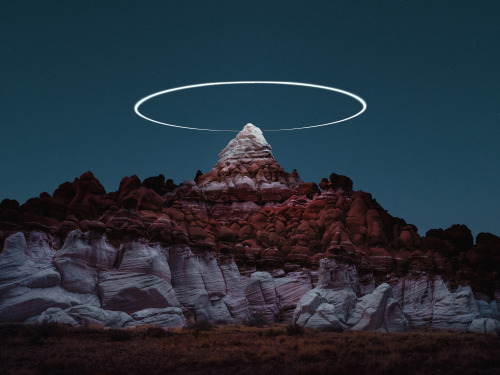
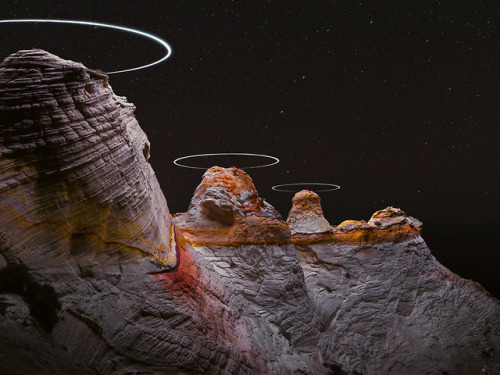
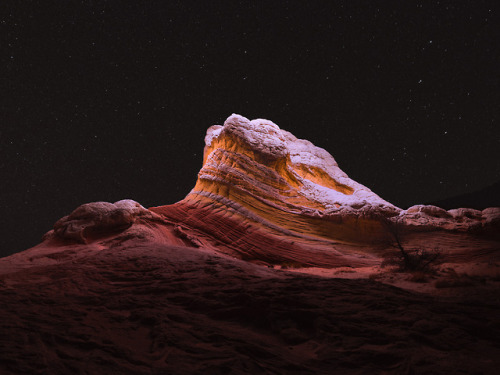
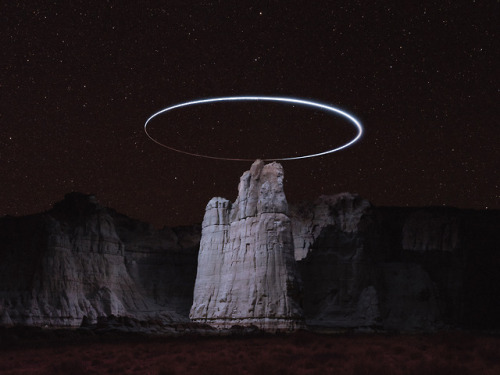
Long Exposure Photos Capture the Light Paths of Drones Above Mountainous Landscapes



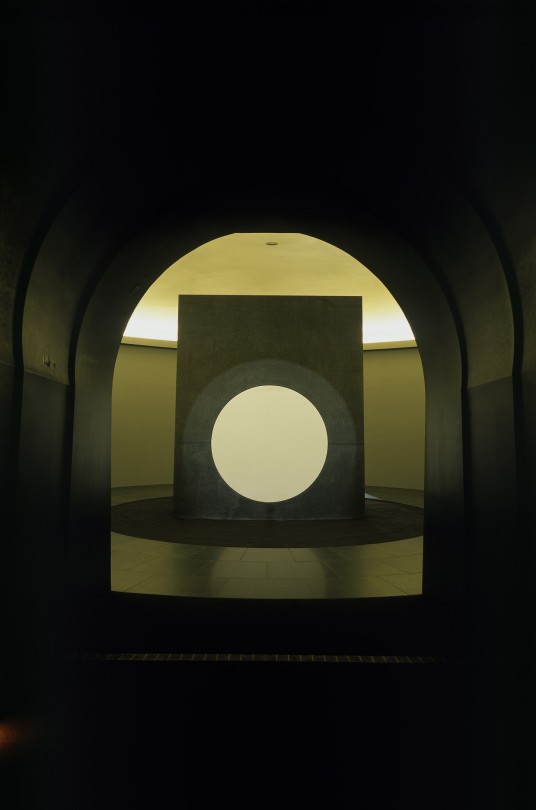

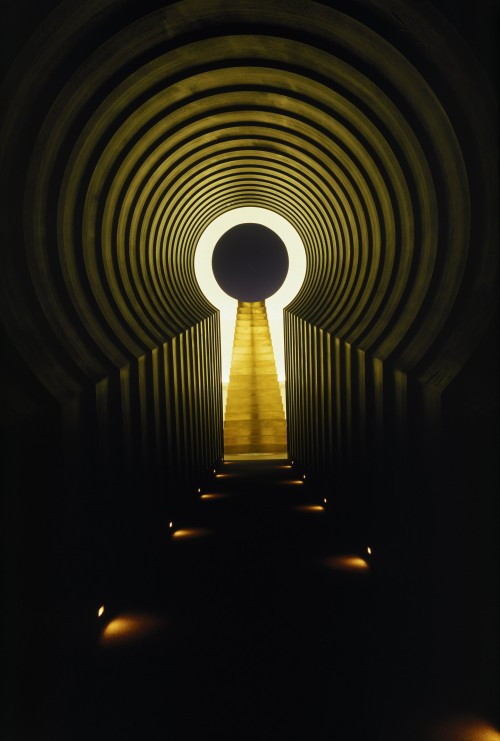
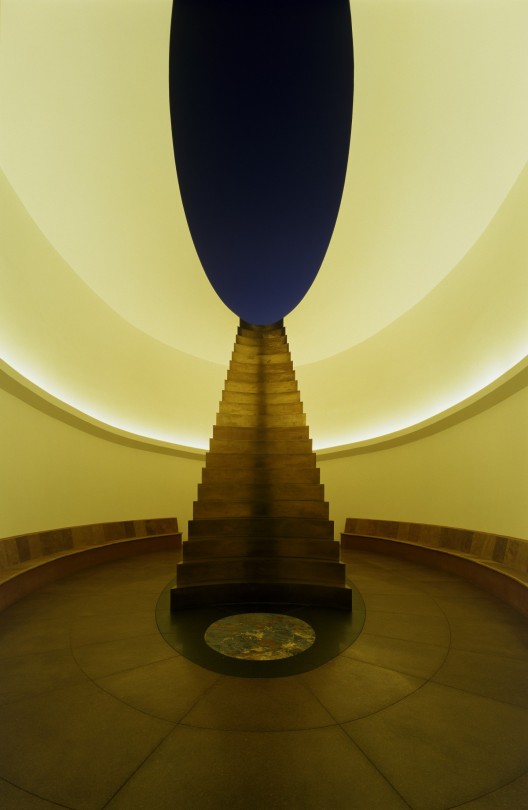
Roden Crater | Painted Desert, Arizona
“My desire is to set up a situation to which I take you and let you see. It becomes your experience.” - James Turrell
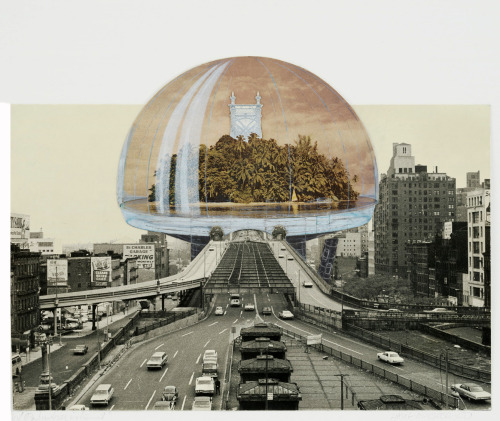
Haus-Rucker-Co, Günter Zamp Kelp, Laurids Ortner, Manfred Ortner, Klaus Pinter. Palmtree Island (Oasis) Project, New York, New York, Perspective, 1971.



Mikael Hallstrøm Eriksen
Strata-34B
Watercolour on paper
13x20 cm.
Strata-37c
Watercolour on paper
30x40 cm
For her


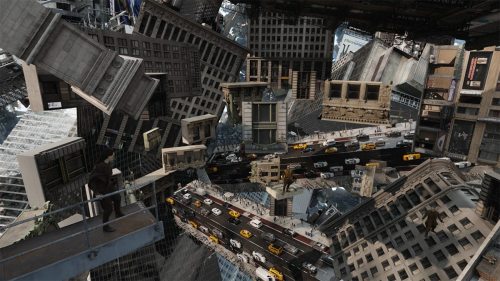


Marvelland



United States, c. 1960: No. 8228
A split-level house with a roofline making it look more like a ranch. The L-shaped counter in the kitchen is of note.
Homes in Brick by L. F. Garlinghouse Co., c. 1960. (Topeka, KS, USA) —from my library







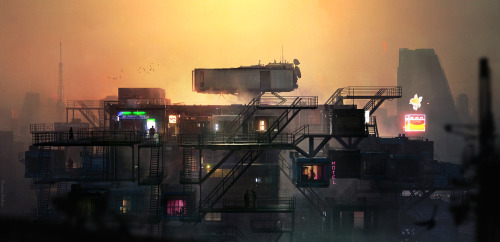
By Thomas Dubois

The first simulated image of a black hole was calculated with an IBM 7040 computer using 1960 punch cards and hand-plotted by French astrophysicist Jean-Pierre Luminet in 1978.
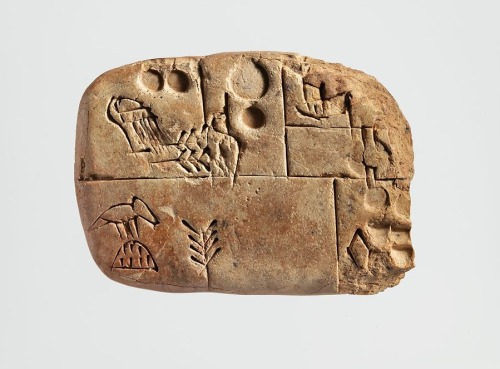
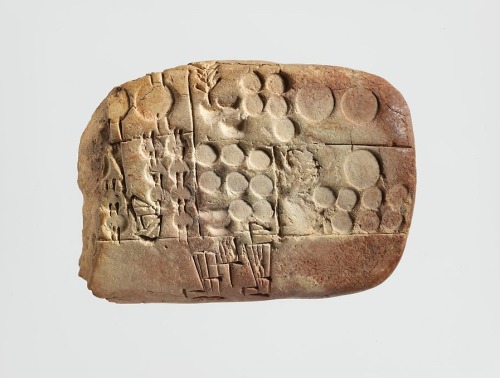
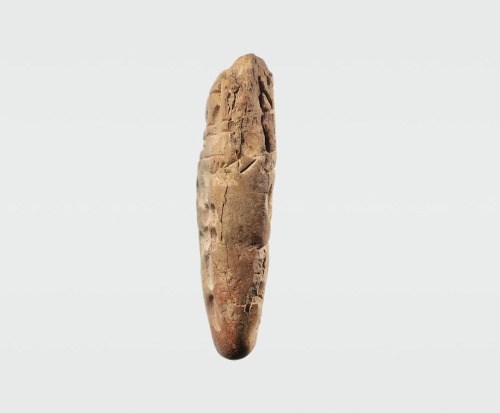
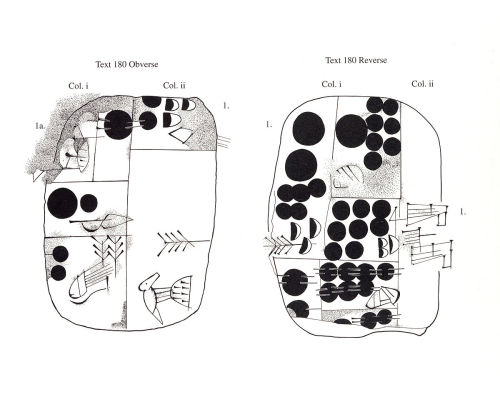
Sumerian cuneiform tablet (c. 3100 – 2900 BC). Administrative account recording the distribution of barley and emmer wheat. Probably from Uruk (Warka, Iraq).
The first system of writing in the world was developed by the Sumerians, beginning c. 3500 – 3000 BC. It was the most significant of Sumer’s cultural contributions, and much of this development happened in the city of Uruk.
A stylus was used to creat wedge-like impresssions in soft clay, and the clay was fired afterwards. The word “cuneiform” comes from the Latin cuneus, meaning “wedge”.
These wedge-like impressions were first pictographs, and later on phonograms (symbols representing vocal sounds) and “word-concepts” – closer to a modern-day understanding of words and writing. All the great Mesopotamian civilizations used cuneiform, including the Sumerians, Akkadians, Babylonians, Hatti, Hittites, Assyrians and Hurrians. Around 100 BC, it was abandoned in favour of the alphabetic script.
The earliest texts used proto-cuneiform, and were pictorial. Writing was a technique for noting down things, items and objects (e.g. Two Sheep Temple God Inanna). This system worked well for concrete, visible subjects, but could give little in the way of details. As subject matter became more intangible (e.g. the will of the gods, the quest for immortality), cuneiform developed in complexity to represent this.
By 3000 BC, the representations were more simplified. The stylus’ impressions conveyed word-concepts rather than word-signs – for example, the scribe could write about the more abstract concept of “honour”, rather than having to specifically depict “an honourable man”.
The “rebus” principle was used to isolate the phonetic (sound) value of a particular sign. Rebus is a device that combines pictures (or pictographs) with individual letters to depict words and/or phrases. For example, the picture of a bumblebee followed by the letter “n” would represent the word “been”. With the rebus principle, scribes could express grammatical relationships and syntax to clarify meaning and be more precise.
There are only a few examples of the use of rebus in the earliest stages of cuneiform (c. 3200 – 3000 BC). Consistent usage of rebus became apparent only after c. 2600 BC. This was the beginning of a true writing system, characterized by a complex combination of word signs and phonograms (signs for vowels and syllables).
By c. 2500 BC, cuneiform (written mostly on clay tablets) was used for a wide variety of religious, political, literary, scholarly and economic documents.
Now the reader of the tablet didn’t have to struggle with the meaning of a pictograph – they could read word-concepts that more clearly conveyed the scribe’s meaning. The number of characters used in writing was reduced from 1000 to 600, to make it simpler.
By the time of the famous priestess-poet Enheduanna (c. 2285 – 2250 BC), cuneiform had become sophisticated enough to convey not only emotional states such as love or betrayal, but also the reasons behind the writer’s experience of these states. Enheduanna wrote a collection of hymns to Inanna in the Sumerian city of Ur, and she is the first author in the world known by name.

Never love anybody who treats you like you're ordinary.
Oscar Wilde

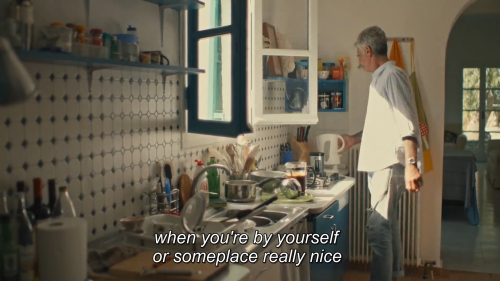

Roadrunner: A Film About Anthony Bourdain (2021)
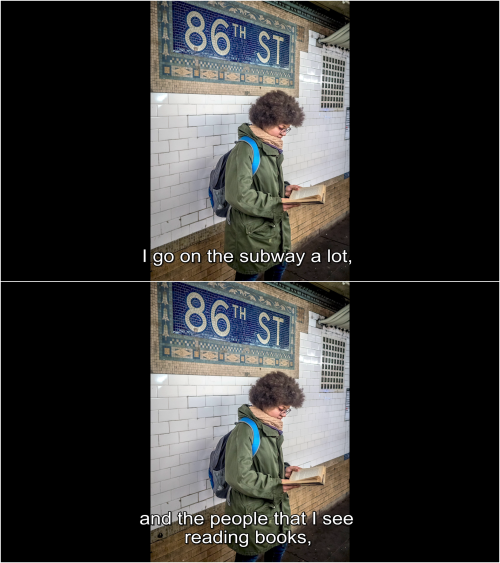





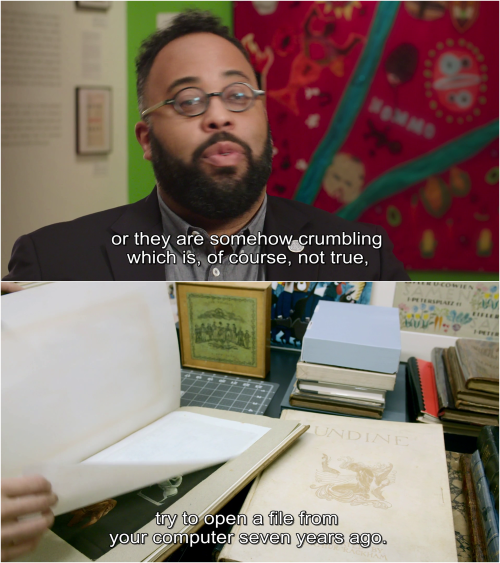


The Booksellers (D.W. Young, 2019)
literally if you’re new to tumblr: reblog shit
“it wont fit my aesthetic” make a sideblog. reblog to it.
“i hate tagging” don’t tag then. reblog it anyway.
“but my likes are public” ppl here dont fucking look at your likes. they dont do anything anyway. reblog it.
“you just want attention” jokes on you, I dont make shit anymore. I’m talking about other artists.
“it’s embarrassing” tumblr is an anonymous platform. make a sideblog if you’re too cowardly
“but on twitter its fine to have lurk accounts” well they suck ass here and are assumed to be bots. reblog.

Dasht-e Kavir is a large desert in the middle of the Iranian Plateau. Spanning roughly 30,000 square miles (77,600 square kilometers), temperatures in the “Great Salt Desert” can soar up to 122°F (50°C), causing extreme vaporization that turns marshes and mud grounds into swirling crusts of salt, as seen in this segment of the desert here.
See more here: https://bit.ly/3JZmiNg
34.797689°, 54.728858°
Source imagery: Maxar


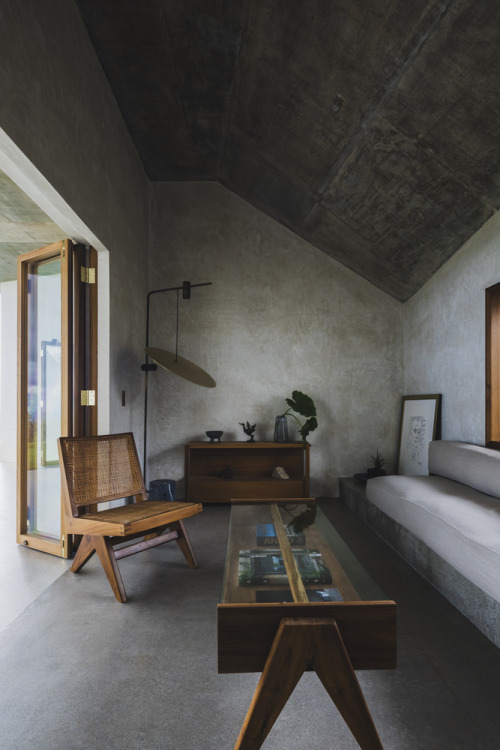
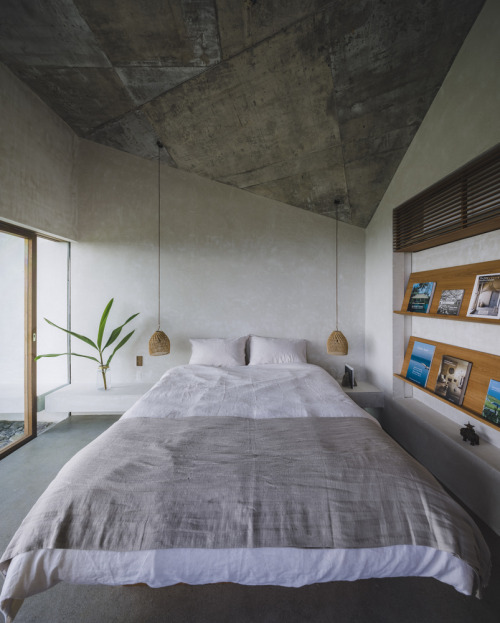



House In Nakijin / Studio Cochi Architects Photos © Ooki Jingu

At the very centre of the image above is something incredible - a single, positively-charged strontium atom, suspended in motion by electric fields.
Not only is this an incredibly rare sight, it’s also difficult to wrap your head around the fact that this tiny point of blue light is a building block of matter.
The image was captured by physicist David Nadlinger from the University of Oxford, and it’s been awarded the overall prize in the UK’s Engineering and Physical Sciences Research Council photo competition.
To give you a little perspective on the size of this set-up, the atom is being held in place by electric fields emanating from those two metal needles on either side of it.
The distance between them is about 2 millimetres (0.08 inch).
The atom is being illuminated by a blue-violet laser. The energy from the laser causes the atom to emit photons which Nadlinger could capture on camera using a long exposure.
The whole thing is housed inside an ultra-high vacuum chamber and dramatically cooled to keep the atom still. Nadlinger took this photo through the window of the vacuum chamber.
To learn more, click here.

The world’s first astronomical site, Nabta Playa, was built in Africa and is 2,000 years older than Stonehenge. Located in the Sahara desert, the 7,000-year-old stone circle was used to track the summer solstice and the arrival of the annual monsoon season. via /r/space https://ift.tt/2Nh3ux8




Monochrome Figures Drip and Slice Into Chromatic Layers by Gina Kiel
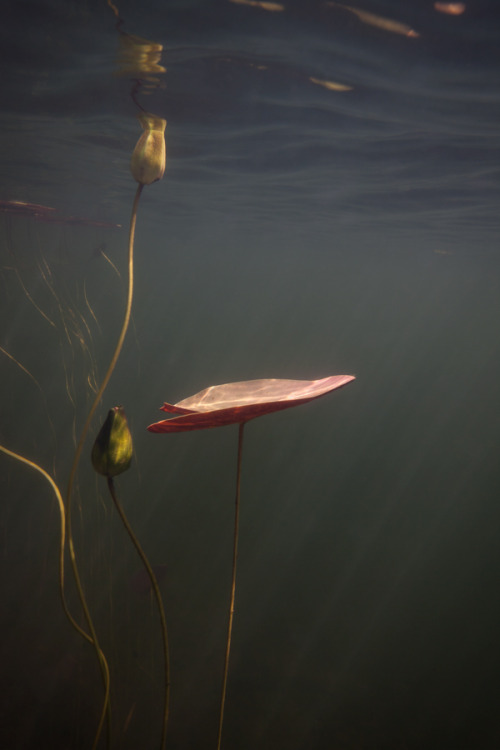
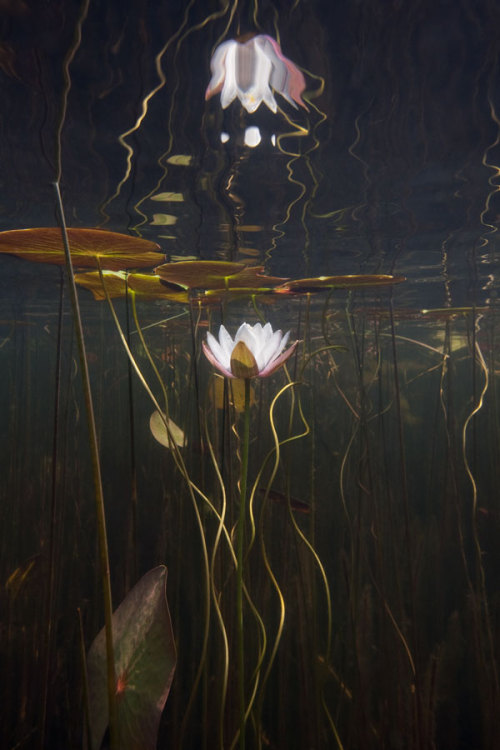
William Scully (American, b. 1967, based Boston, MA, USA) - 1: Water Lily Study No. 18 2: Water Lily Study No. 20, Underwater Photography




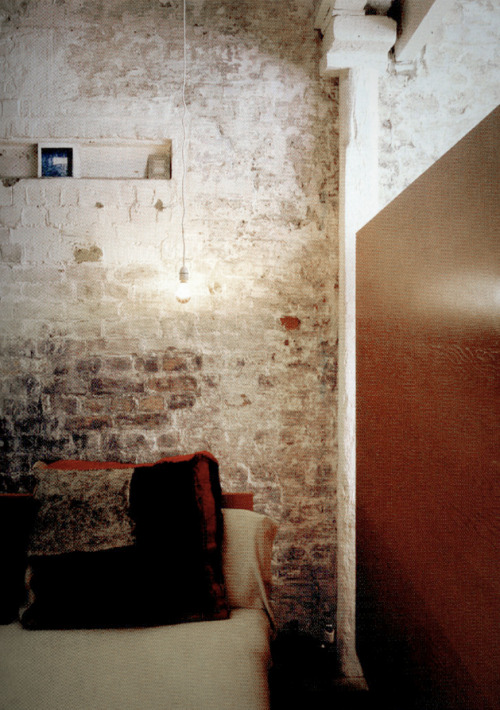



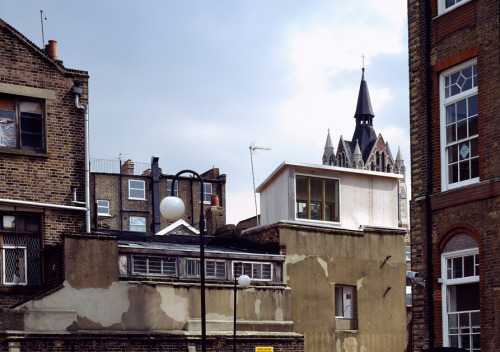
955. Adam Caruso & Peter St John /// Studio House /// Highbury, London, UK /// 1993-94
OfHouses presents Houses of the 90′s, part VII: SuperBritish. (Photos: © Hélène Binet. Source: Gennaro Postiglione, ’100: One Hundred Houses for One Hundred European Architects of the Twentieth Century’, Köln: Taschen, 2004.)


Khabi Khushi Khabie Gham, x






MAIN HOON NA (2004)
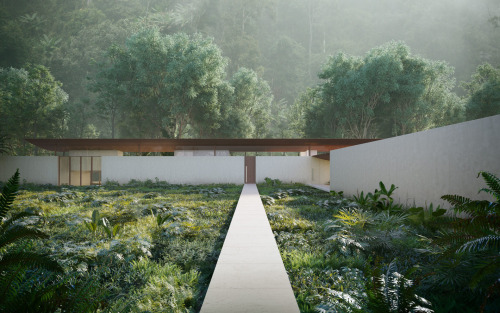


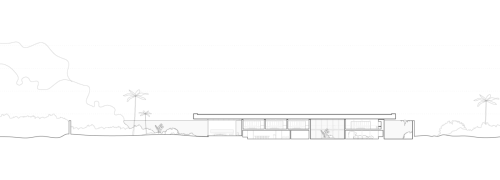


The jungle house ( Africa) - MESURA
“I want to write books that unlock the traffic jam in everybody’s head.”
— John Updike, Hugging the Shore
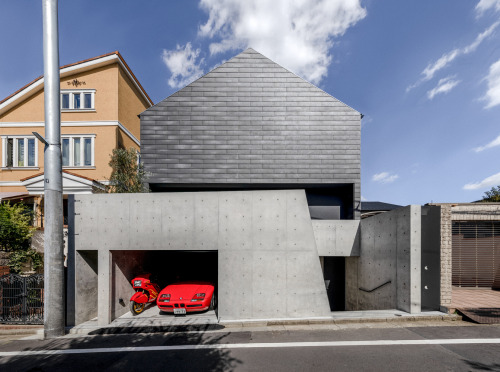





Terada House / Terada Hirate Sekkei Photos © Ben Richards









955. Adam Caruso & Peter St John /// Studio House /// Highbury, London, UK /// 1993-94
OfHouses presents Houses of the 90′s, part VII: SuperBritish. (Photos: © Hélène Binet. Source: Gennaro Postiglione, ’100: One Hundred Houses for One Hundred European Architects of the Twentieth Century’, Köln: Taschen, 2004.)
Check it out

Check it out


